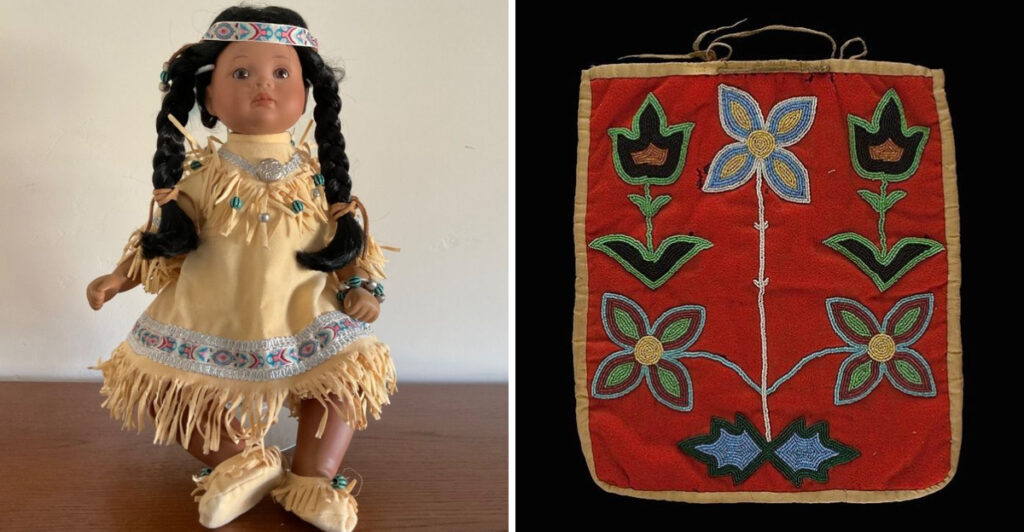Walking through tourist shops, you’ll find countless items labeled as “Native American” crafts. Many tourists unknowingly purchase mass-produced fakes that exploit Indigenous cultures while providing no support to actual Native communities. Understanding the difference between authentic Native American art and cheap imitations helps preserve cultural heritage and ensures your money supports real Indigenous artisans.
1. Plastic Dreamcatchers Made in China
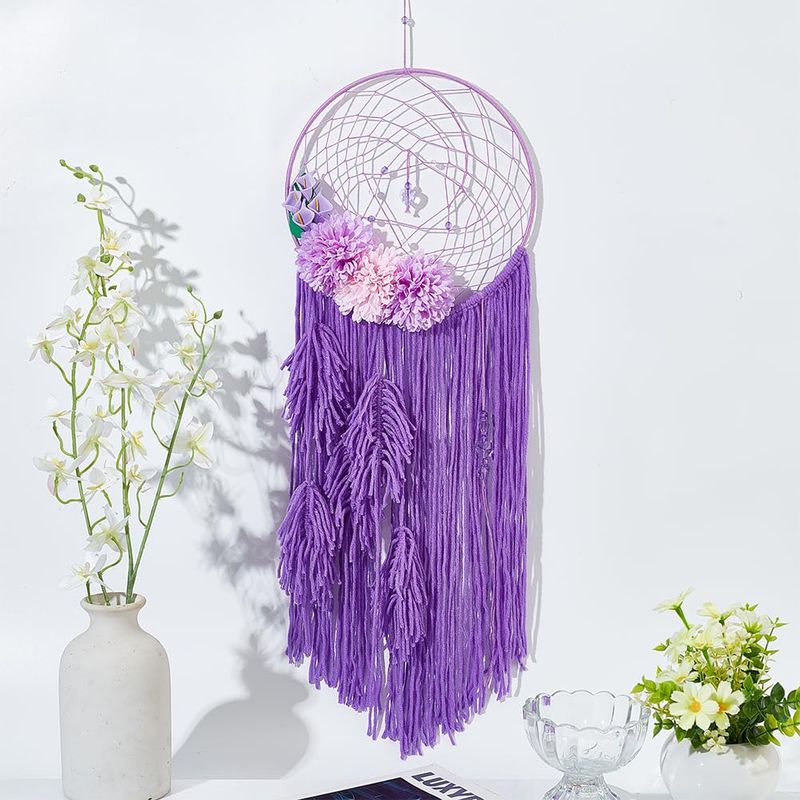
Authentic dreamcatchers hold deep spiritual meaning in Ojibwe culture, traditionally handwoven by elders for protection during sleep. The neon-colored versions hanging in gas stations represent everything wrong with cultural appropriation.
These factory-made fakes use synthetic materials and garish colors that would make any Native artisan cringe. Real dreamcatchers feature natural sinew, willow hoops, and sacred feathers earned through ceremony.
Mass production strips away the spiritual significance, turning sacred objects into cheap trinkets. Supporting authentic dreamcatcher makers means honoring Ojibwe traditions while getting a meaningful piece of art.
2. “Native” Feather Headdresses

Feathered headdresses represent one of the most sacred aspects of Plains Indian culture, earned through acts of bravery and spiritual dedication. Each feather tells a story of honor, courage, and community respect.
Costume shop versions mock centuries of tradition, reducing profound cultural symbols to party accessories. Wearing unearned regalia is like wearing military medals you never served for.
Plains tribes like the Lakota and Cheyenne view these sacred items as deeply personal and spiritual. The plastic versions sold online carry no cultural weight and perpetuate harmful stereotypes about Native peoples.
3. “Tribal” Pattern Blankets from Big Box Stores

Southwestern geometric patterns carry deep meaning in Navajo and Pueblo cultures, with each design element representing sacred stories and family histories. These aren’t just pretty decorations.
Big box store blankets steal these patterns without permission, mass-producing sacred designs overseas with no cultural understanding. The synthetic materials and machine printing show obvious disrespect.
Real Navajo weavers spend months creating single pieces, using traditional looms and natural wool. Their blankets cost more because they represent generations of knowledge and countless hours of skilled craftsmanship.
4. Turquoise Jewelry That’s Neither Turquoise Nor Native
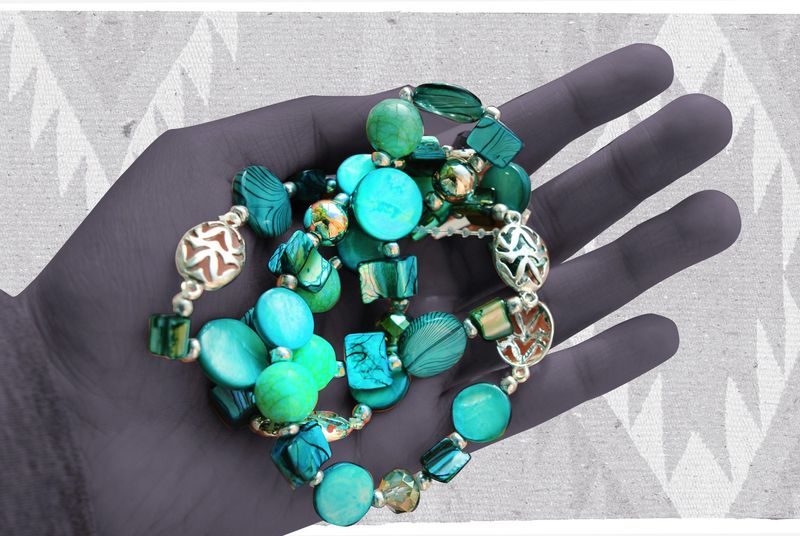
Southwestern jewelry traditions combine silver smithing with sacred stones like turquoise, coral, and jet in designs passed down through generations. Each piece represents cultural knowledge and artistic mastery.
Cheap “turquoise” jewelry often uses dyed howlite or plastic, manufactured overseas with no tribal involvement. The telltale signs include uniform coloring and suspiciously low prices.
Authentic Native jewelry features natural stone variations, hand-stamped silver work, and artist hallmarks. Supporting real Native silversmiths means investing in genuine craftsmanship while respecting cultural traditions that span centuries.
5. Faux “Ceremonial” Pipes
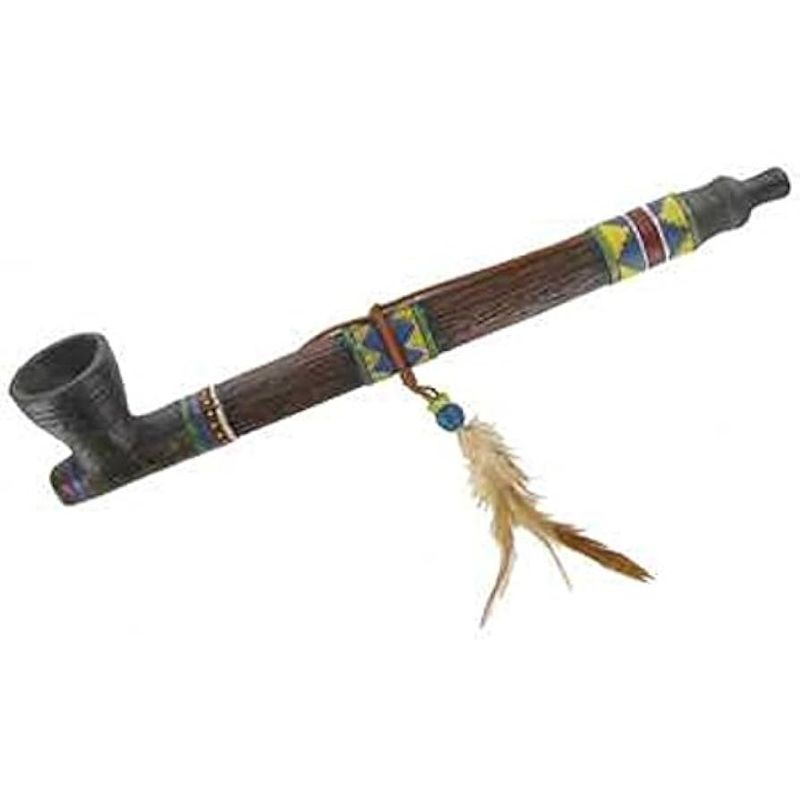
Sacred pipes, known as chanunpa in Lakota culture, serve as bridges between the physical and spiritual worlds during prayer and ceremony. These aren’t decorative objects.
Souvenir shop versions exploit sacred imagery for profit, turning deeply spiritual tools into tourist trinkets. Real ceremonial pipes require proper protocols and cultural understanding to handle.
Many Native communities consider selling replica pipes deeply offensive, as it commercializes their most sacred practices. The plastic versions with fake feathers and painted designs show complete disregard for Indigenous spirituality and traditional protocols.
6. “Spirit Animal” T-Shirts

The commercialized “spirit animal” concept mashes together different tribal beliefs into a generic New Age fantasy that exists nowhere in actual Native cultures. Each tribe has unique spiritual relationships with animals.
These mass-produced shirts reduce complex spiritual systems to cute slogans and cartoon animals. Real Indigenous animal relationships involve specific protocols, ceremonies, and cultural teachings.
Marketing “spirit animals” as universal Native concepts shows ignorance of tribal diversity and spiritual complexity. Supporting authentic Native artists means learning about specific tribal traditions rather than buying into stereotypical generalizations.
7. Wooden “Totem Poles” from the Philippines

Totem poles represent specific Northwest Coast tribal traditions, with each figure telling family histories and spiritual stories unique to groups like the Haida and Tlingit peoples.
Most tourist trinkets get carved in the Philippines by artisans with no connection to Pacific Northwest cultures. These wooden souvenirs miss the cultural significance entirely.
Authentic totem poles require years of training in traditional carving techniques and deep knowledge of tribal stories. The miniature versions sold in gift shops reduce profound cultural art forms to meaningless decorations.
8. Beaded Headbands with Elastic Backs
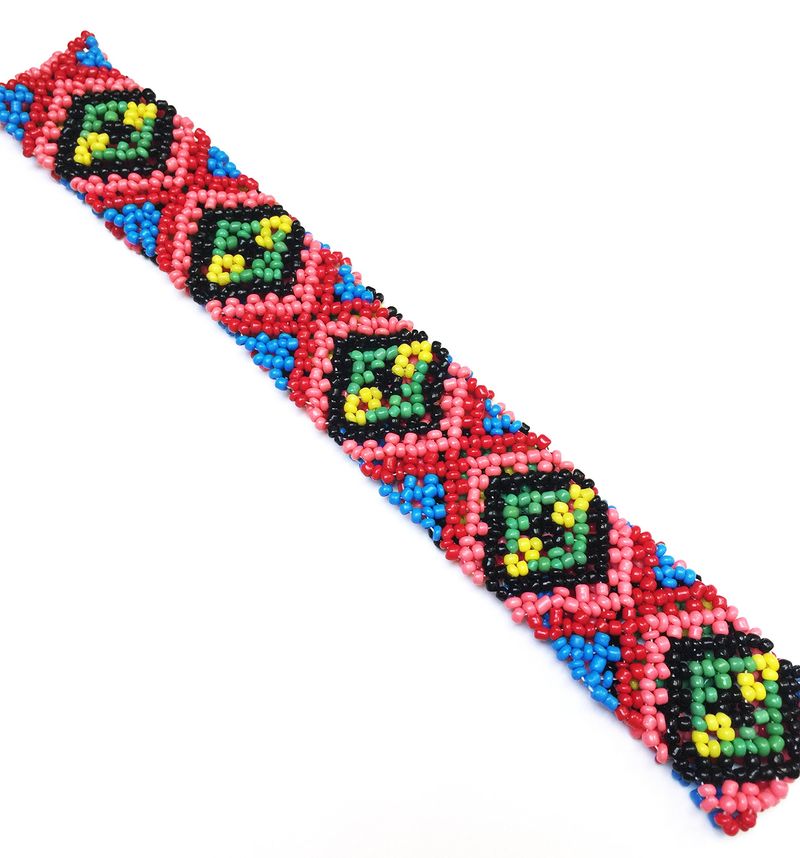
Traditional Native beadwork represents one of the most sophisticated textile arts in the world, with techniques and patterns passed down through generations of skilled artisans.
Dollar store beaded headbands with elastic backs mock this ancient art form, using cheap plastic beads and machine stitching. Real beadwork takes weeks or months to complete.
Authentic Native beadwork uses specific color combinations and patterns that carry cultural meaning. Each piece tells a story through its design, making mass-produced imitations particularly insulting to traditional artists and their communities.
9. “Indian Princess” Dolls
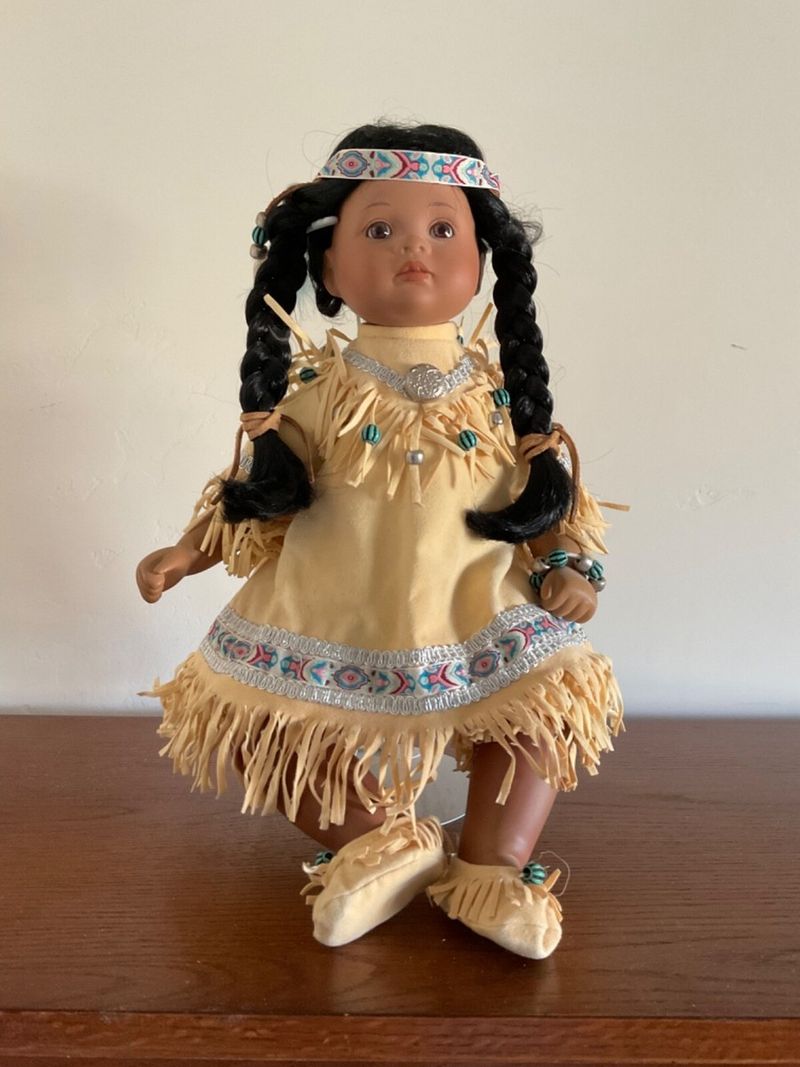
These dolls perpetuate romanticized fantasies about Native women that have nothing to do with real Indigenous cultures or historical experiences. The “princess” concept doesn’t exist in most tribal societies.
Mass-produced versions feature stereotypical costumes and poses that reduce diverse Native cultures to a single, inaccurate image. Real Native women held complex roles as leaders, warriors, and spiritual guides.
Supporting authentic Native doll makers means learning about actual tribal traditions and women’s roles. These artists create dolls that represent real cultural clothing, ceremonies, and historical figures rather than Hollywood fantasies.
10. Mass-Market “Native American” Flutes
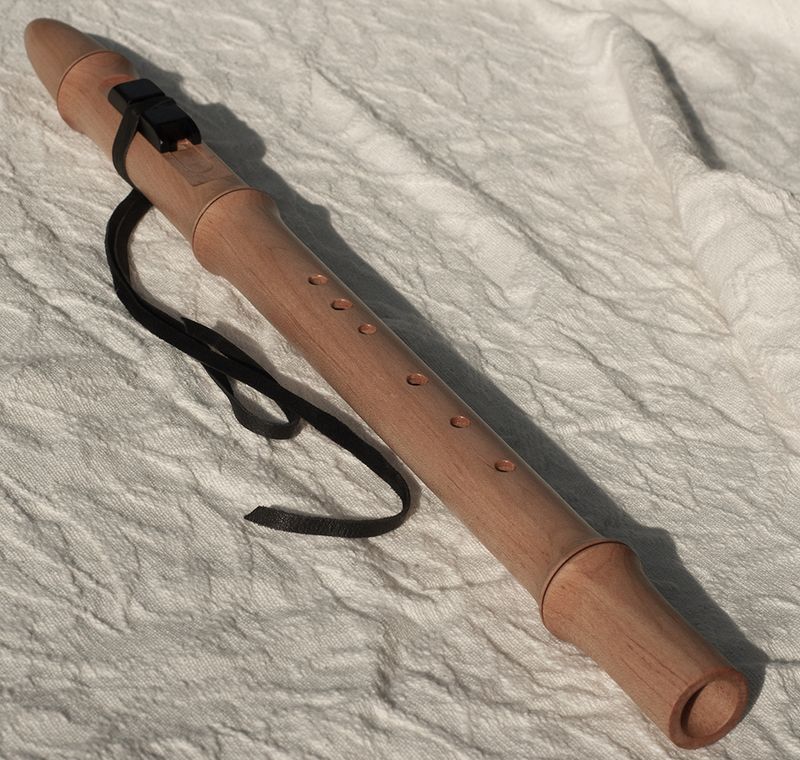
Traditional Native flutes carry specific tunings and construction methods that vary between tribes, with each region developing unique musical traditions over centuries of cultural development.
Cheap online versions ignore these regional differences, mass-producing generic “Native” flutes with plastic components and incorrect tunings. Real flutes require hand-tuning and specific wood selection.
Authentic flute makers understand the spiritual and ceremonial uses of their instruments. Supporting these artists means getting instruments that actually sound correct while honoring the musical traditions of specific tribal communities.
11. “Sacred” Animal Figurines in Bulk Bins
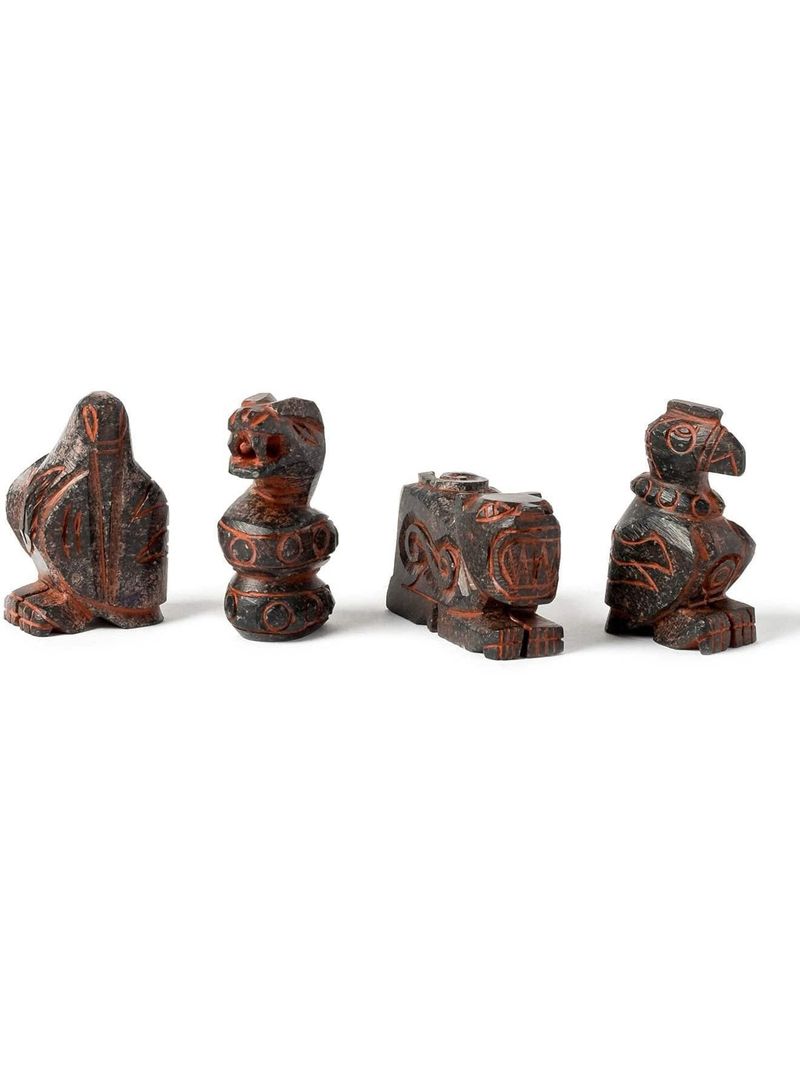
Animals hold sacred significance in many Native cultures, with specific protocols for representing them in art and ceremony. These relationships involve complex spiritual teachings and cultural responsibilities.
Walmart-style spirit animal figurines commercialize these sacred relationships, turning profound spiritual concepts into cheap collectibles. The mass production shows complete disrespect for Indigenous spiritual beliefs.
Real Native animal art requires understanding of tribal-specific relationships with different creatures. Supporting authentic artists means learning about actual cultural teachings rather than buying into generic “mystical” marketing that reduces spirituality to consumerism.
12. Faux Buckskin Apparel

Traditional buckskin clothing represents sophisticated leather working techniques developed over thousands of years, with each piece requiring extensive knowledge of hide preparation and decoration.
Polyester “deerskin” shirts sold at tourist shops mock this ancient craft, using synthetic materials and machine stitching. Real buckskin has a distinctive feel and appearance.
Authentic buckskin workers understand proper hide preparation, brain tanning, and traditional decoration techniques. Their clothing serves ceremonial and practical purposes, making synthetic imitations particularly offensive to traditional craftspeople and their cultural knowledge.
13. “Peace Pipes” with Plastic Feathers
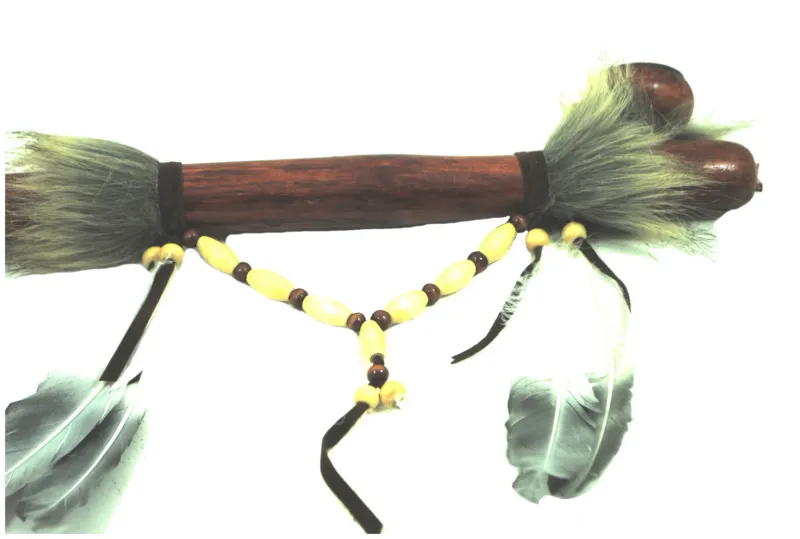
Sacred pipe ceremonies require specific protocols and cultural knowledge that varies between tribal communities. These aren’t decorative objects but active spiritual tools with profound ceremonial importance.
Roadside stand versions with plastic feathers and painted designs insult these sacred traditions, commercializing deeply spiritual practices for tourist consumption. Real ceremonial items aren’t sold publicly.
Many tribal elders consider selling replica pipes a serious cultural violation that undermines spiritual teachings. The cheap versions show complete ignorance of Indigenous protocols and the sacred nature of pipe ceremonies in tribal communities.
14. Generalized “Native” Merchandise Without Tribal Attribution
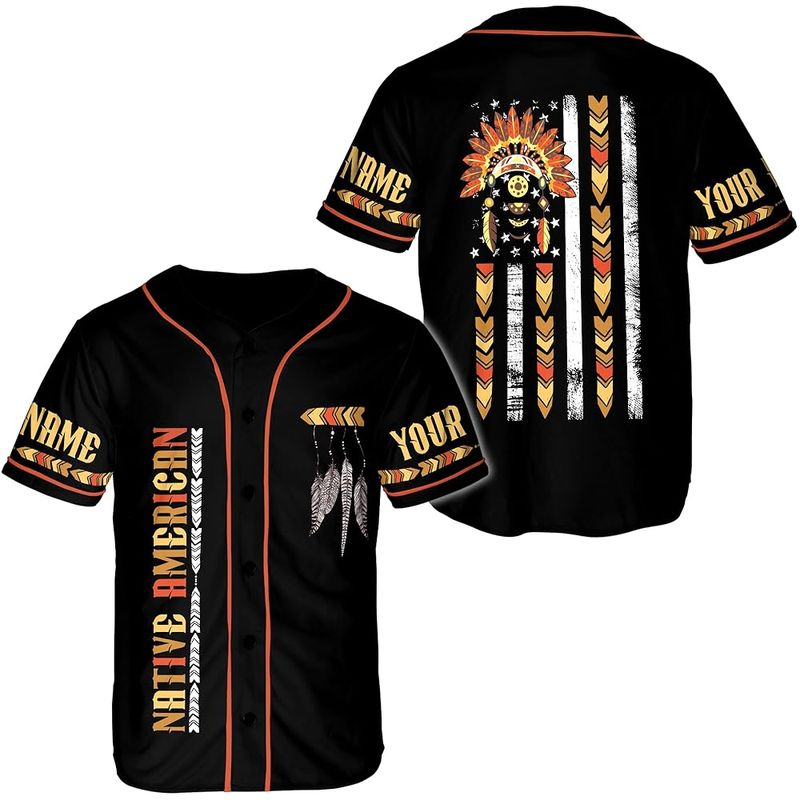
Native American cultures include over 500 distinct tribes, each with unique languages, traditions, and artistic styles. Lumping them together as generic “Native” shows profound ignorance of Indigenous diversity.
Products labeled simply “Native American” without tribal attribution usually come from non-Native manufacturers exploiting stereotypes for profit. Real Native art always reflects specific tribal traditions.
Supporting authentic Indigenous artists means learning about individual tribal cultures and their unique contributions to art, spirituality, and community life. Generic “Native” merchandise perpetuates harmful stereotypes while providing no support to actual Indigenous communities.
1. Handwoven Navajo Rugs and Blankets
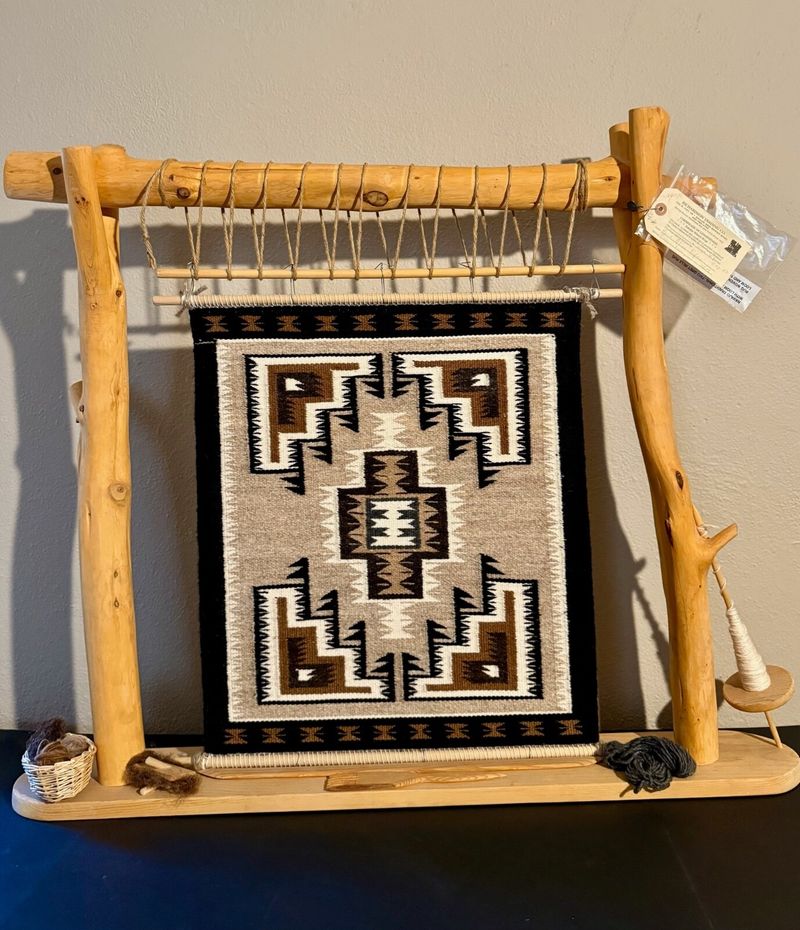
Each authentic Navajo rug represents months of skilled labor on traditional looms, with weavers using techniques passed down through generations of master craftspeople. These textiles tell stories through their patterns.
Genuine Navajo weavers sign their work or sell through certified cooperatives that guarantee authenticity. The wool comes from local sheep, and natural dyes create the distinctive colors.
Investing in authentic Navajo textiles means supporting traditional artists and their families while acquiring heirloom-quality pieces. Look for artist signatures, certificates of authenticity, and purchase from established trading posts that work directly with Diné weavers.
2. Zuni Fetish Carvings

Zuni fetish carvings transform stone, shell, and bone into tiny animal figures that carry spiritual protection and cultural meaning. Each creature represents specific qualities and powers in Zuni belief systems.
Master carvers spend years learning traditional techniques and understanding the spiritual significance of different animals. These aren’t decorative trinkets but active spiritual tools used in ceremonies and daily life.
Authentic Zuni fetishes come with artist signatures and certificates of authenticity from recognized carvers. The materials include turquoise, jet, coral, and other sacred stones that connect to traditional Zuni spiritual practices and cultural teachings.
3. Pueblo Pottery

Pueblo pottery represents thousands of years of ceramic tradition, with each pueblo developing distinctive styles, firing techniques, and decorative patterns that reflect their unique cultural identity and spiritual beliefs.
Master potters hand-coil their vessels using local clay, then fire them in outdoor kilns using traditional methods. The blackware of San Ildefonso and polychrome of Acoma represent distinct artistic traditions.
Authentic pieces feel substantial in weight and show slight irregularities that prove hand construction. Artist signatures or family stamps guarantee authenticity, and prices reflect the months of work required for each piece.
4. Plains-Style Beadwork
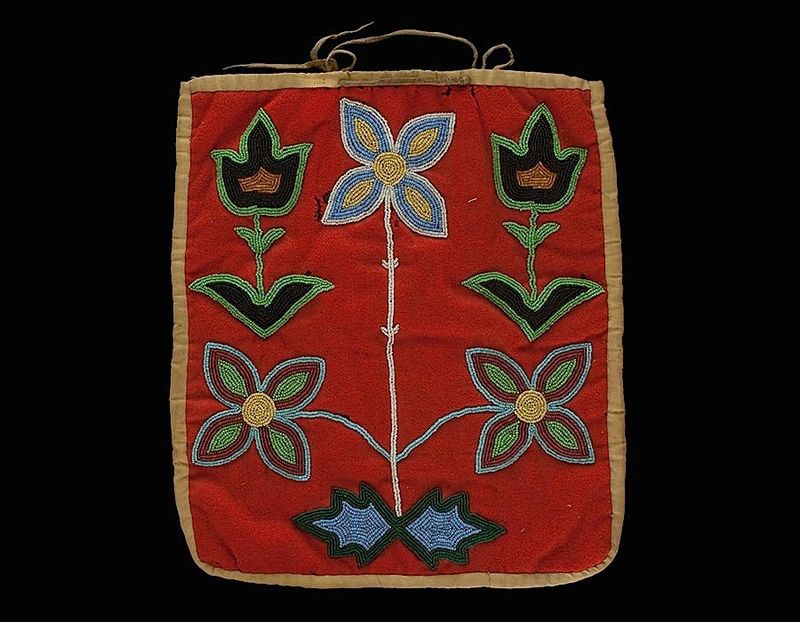
Plains beadwork transforms tiny seed beads into intricate designs that carry cultural meaning and family history. Each color combination and pattern element tells stories specific to tribal traditions and personal experiences.
Lakota, Cheyenne, and Crow beadworkers spend months creating single pieces of regalia, using techniques that require years to master. The geometric patterns reflect cultural symbols and spiritual beliefs.
Authentic beadwork uses high-quality seed beads sewn onto leather or fabric with sinew thread. Artist signatures and tribal affiliation guarantee authenticity, while the investment supports traditional artists maintaining ancient cultural practices in contemporary communities.
5. Cherokee Rivercane Baskets
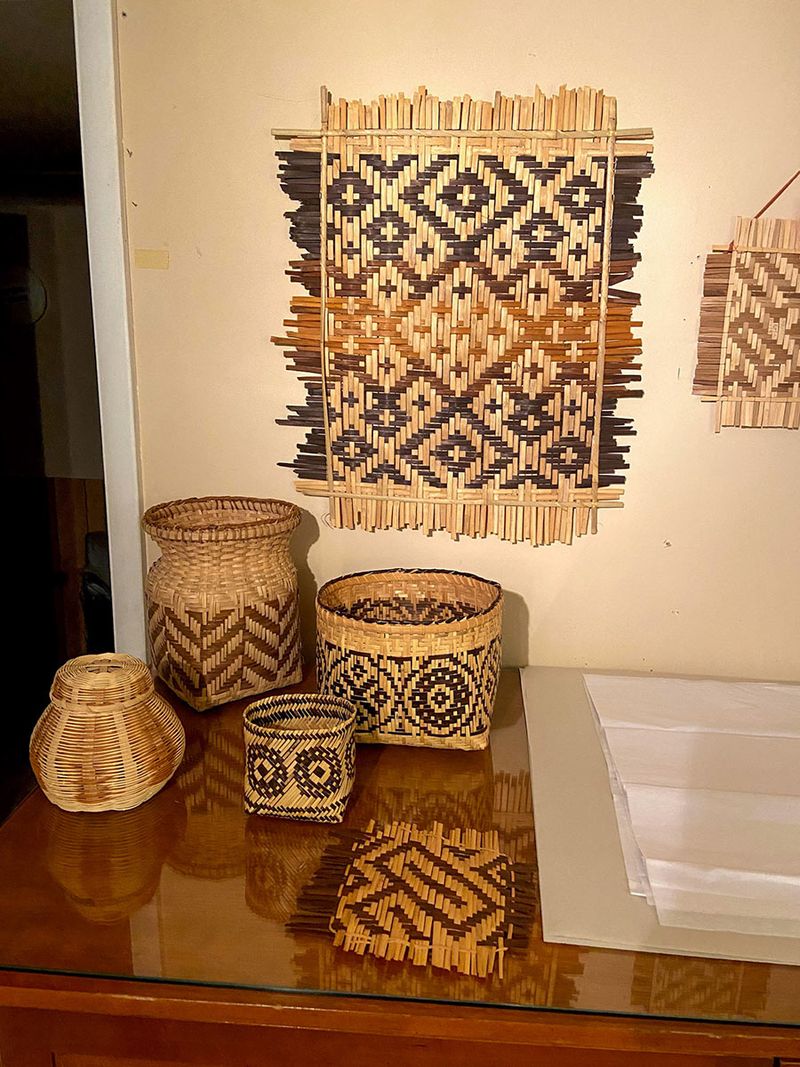
Cherokee basket makers harvest rivercane from specific locations, then split and prepare the materials using traditional methods that require extensive cultural knowledge and environmental understanding.
Each basket reflects Cherokee cosmology through its patterns and construction, with designs that carry spiritual meaning and cultural stories. The skill is increasingly rare as rivercane habitats disappear.
Authentic Cherokee baskets come from certified artists who maintain traditional harvesting and weaving techniques. The limited quantities reflect the time-intensive process and declining availability of materials, making each piece a valuable cultural artifact.
6. Authentic Silver and Turquoise Jewelry
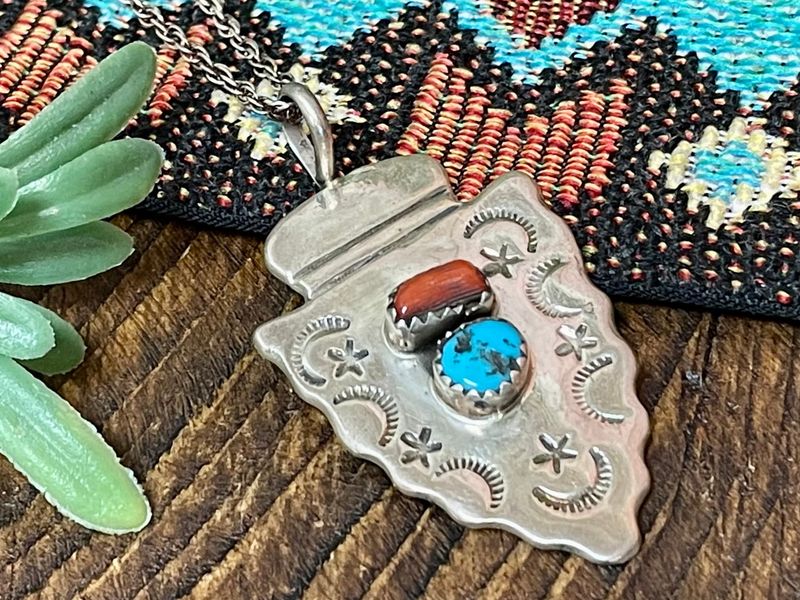
Southwestern jewelry combines silversmithing techniques learned from Mexican plateros with traditional Native stone work, creating distinctive styles that vary between Navajo, Hopi, and Zuni artisans.
Genuine pieces feature natural turquoise with distinctive matrix patterns, hand-stamped silver work, and artist hallmarks stamped on the back. The craftsmanship requires years of training and cultural knowledge.
Authentic Native jewelry costs more because it represents genuine materials, skilled labor, and cultural traditions. Supporting these artists means investing in heirloom-quality pieces while maintaining traditional crafts that connect contemporary Native communities to their ancestral knowledge.
7. Traditional Flutes

Native flute traditions vary significantly between tribes, with each region developing unique tuning systems, construction methods, and ceremonial uses that reflect their specific cultural practices and musical heritage.
Authentic flute makers understand the spiritual and healing properties of their instruments, hand-tuning each piece and selecting appropriate woods like cedar or walnut for optimal sound quality and cultural appropriateness.
Supporting Native-owned flute makers like High Spirits Flutes ensures authentic construction and cultural respect. These instruments serve ceremonial, healing, and storytelling purposes, making them active cultural tools rather than decorative objects for casual use.

